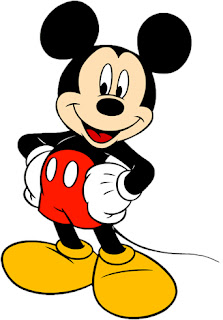Why was Eisenstein's ideas about montage 'revolutionary'? Both in the context of his own cultural background and in relation to cinema?
Answer:
They were seen as revolutionary because Eisenstein was one of the first to apply self-reflecting theory, and dialectics to his films; believing that maximum impact could be achieved, if shots in a scene were in conflict (Shot A + Shot B = Shot C), which lead to his development of the ‘methods of montage’. The approach was in contrast with fellow soviet montage filmmaker’s like Vsevolod Pudovkin, who preferred to link his scenes rather than have them conflict (Shot A + Shot B = Shot AB).
 |
| Sergei Eisenstein |
 |
| Vsevolod Pudovkin |
Before the revolution, Russian cinematic works were marked by melodramatic plots, centered primarily on the upper classes, where emphasis was placed on the expressions and actions of the actors. Until the film stock shortages during the civil war, film companies could not risk experimentation; which started with the editing of existing films to suit the countries' ideals, and lead to the first examples of Soviet Montage Cinema, one of the first being Eisenstein’s “Strike” in 1924.
Question 2:
In his essay 'word and image' Eisenstein describes five methods of montage. What are they?
Answer:
The 5 methods of montage proposed by Sergei Eisenstein are as follows;
Metric Montage, referring to the length or duration of each piece of film within a montage, where the motive of the film is placed intentionally.
Rhythmic Montage, where complexity is added to a shot.
Tonal Montage, where a sense of melody is placed in order to produce and emotional reaction, primarily through lighting.
Over tonal Montage, where in addition to lighting, it emphasizes the texture of the objects within the shot. Basically observing what happens to the object over time under the light.
Intellectual Montage, Where symbols are used in the shot to convey the message/s.
Question 3:
Describe the Kuleshov effect.
Answer:
Three audience’s are presented with an actor, staring blankly onward in their direction, whilst displaying no emotion. They are then presented with 3 alternating scenes showing various action’s occurring, a sleeping infant for one audience, a coffin for another and a bowl of soup for the last. Within each scene, the cut between the actor and the scene shows that his face remains a constant blank, and the audience effectively fill in the gaps in their own minds, which tricks them into thinking that the actor has displayed the emotions attributed to each scene (sadness,love and hunger).





















